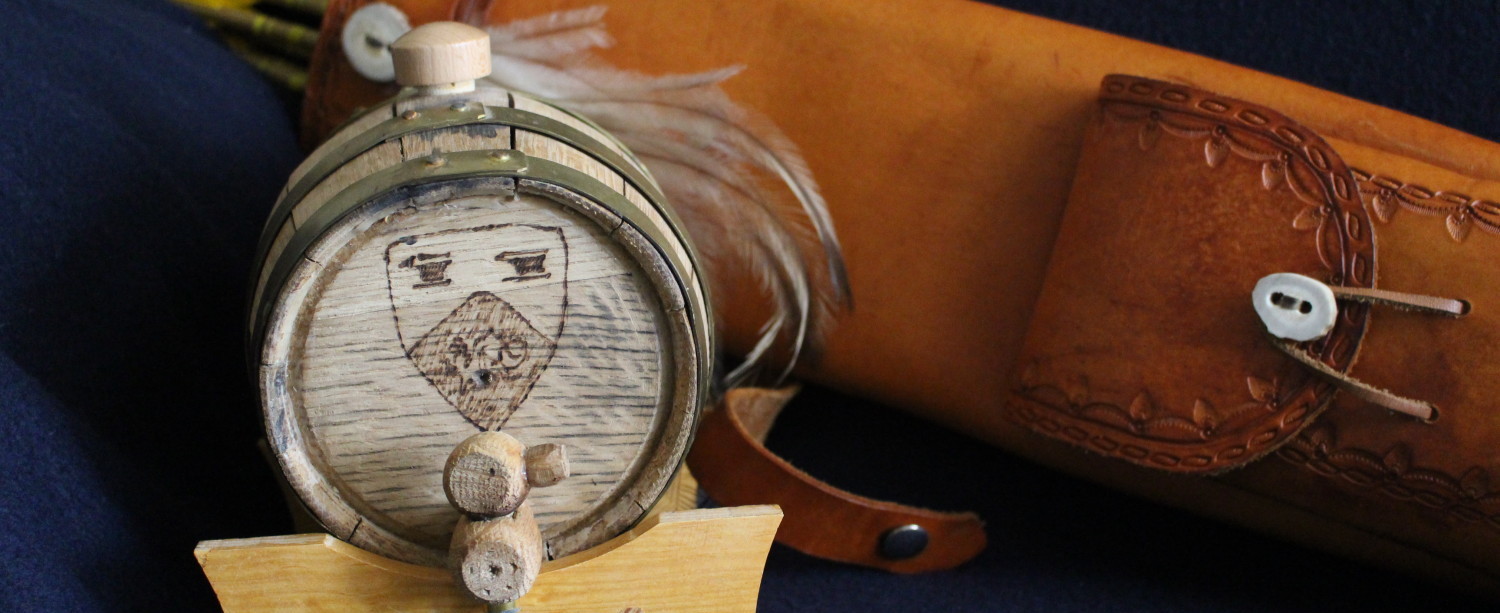Nocino – Part I
I cannot remember when I first discovered nocino. It was several years ago and may have been after seeing an A&S project at an SCA event. Nevertheless, I was intrigued by its description. It’s a walnut liqueur, but not exactly what you would expect in terms of ingredients. Nocino’s walnut content is not the familiar cerebrum-like nut we love to put into baked goods. It involves unripe, green walnuts whose shells have not yet hardened. These walnut “hulls” are typically quartered and steeped in neutral spirits and simple syrup along with a variety of adjuncts such as citrus zest, cinnamon, anise, and the like. Nocino is not an easy digestif to find in the U.S. but is readily found in Italy. Probably the most popular in the U.S. is Nocino della Cristina from Napa Valley. There are others, but most are only regionally distributed.
Nocino’s flavor is difficult to describe. It is bittersweet with some nutty and spicy overtones. I believe that a dried fruit flavor is also desirable. Some oak flavor can also complement the flavor profile of nocino. This extraordinarily dark liquid has an astringent property that is consistent with the flavor expectations of green walnut hulls! It’s wonderful to sip neat or on ice and it can be the basis for some dynamite cocktails! As I wrote this, my mind began to wander to other compatible flavors and chocolate leapt to the fore. Hmmm, something to try later today!
According to many sources, nocino has its roots in Medieval Europe, possibly first made by northern European Celtic groups or by monks in southern Europe. So far, none of the sources that I’ve seen have used original Medieval documentation to back up their claims that nocino was made in “Period.” There are numerous references in Period documents to the use of walnuts and walnut tree components for medicinal purposes. One of the uses of walnuts that I’ve seen in these documents is for stomach ailments. So, something like nocino being used as a digestif makes sense. I need to do more research on this. If anyone reading this knows some specific references, please feel free to let me know. [NOTE: Documentation putting nocino in the late Medieval period has been found.]
I’ve made two batches of nocino, one in each of the two preceding years. Why only once a year? Good question! While black walnuts are readily available in most of the U.S., Persian (sometimes referred to as English) walnuts are not. Considering the fact that black walnuts were native to the New World and didn’t arrive in Europe until the 17th century, I wanted to use Persian walnuts (Juglans regia) because they were the species available in Europe during the Middle Ages. So, I order my unripe Persian walnuts from California. They are available only once a year, usually in late May. The nice folks at Haag Farms are great about shipping green walnuts in a timely fashion.
I found a nifty little online book about nocino that contains some history and recipes for cocktails. Traditional Nocino Walnut Liqueur of Modena by Luca Bonacini. Check it out.
(to be continued: more history and legend in Nocino Part II)

Comments
Nocino – Part I — No Comments
HTML tags allowed in your comment: <a href="" title=""> <abbr title=""> <acronym title=""> <b> <blockquote cite=""> <cite> <code> <del datetime=""> <em> <i> <q cite=""> <s> <strike> <strong>